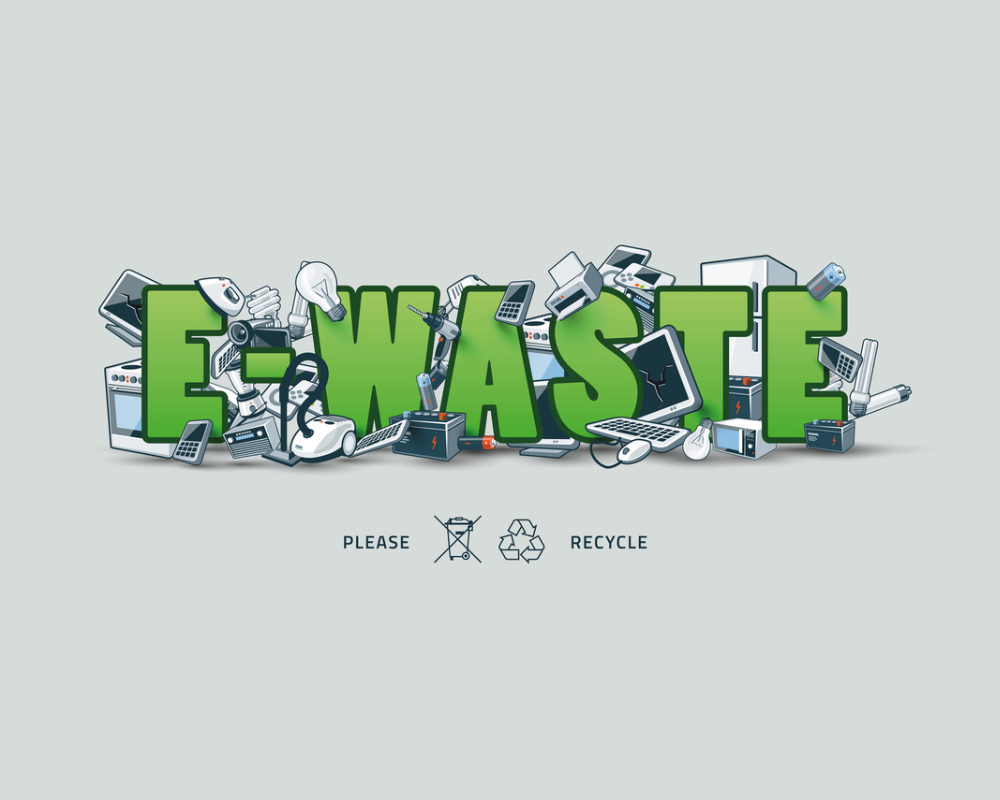What Is E-Waste?
E-waste is a popular, informal name for electronic products nearing the end of their “useful life.” Computers, televisions, VCRs, stereos, copiers, and fax machines are common electronic products. Many of these products can be reused, refurbished, or recycled.
With the passage of the Electronic Waste Recycling Act of 2003, certain portions of the electronic waste stream are defined and the systems to recover and recycle them will be administratively regulated beyond the universal waste rules that apply to material handling. Please refer to our regulatory information section for updates on laws, regulations, and policies affecting e-waste management, and our Covered Electronic Waste Recycling Program page for a detailed explanation of the program.
E-Waste FAQs
Is “e-waste” clearly defined?
The term “e-waste” is loosely applied to consumer and business electronic equipment that is near or at the end of its useful life. There is no clear definition for e-waste; for instance whether or not items like microwave ovens and other similar “appliances” should be grouped into the category has not been established.
Is “e-waste” considered hazardous?
Certain components of some electronic products contain materials that render them hazardous, depending on their condition and density. For instance, California law currently views nonfunctioning cathode ray tubes (CRT) from televisions and monitors as hazardous.
What should I do with my electronic discards?
The mantra of “Reduce, Reuse, Recycle” applies here.
- Reduce your generation of e-waste through smart procurement and good maintenance.
- Reuse still functioning electronic equipment by donating or selling it to someone who can still use it.
- Recycle those products that cannot be repaired. Computer monitors, televisions and other electronic equipment should





